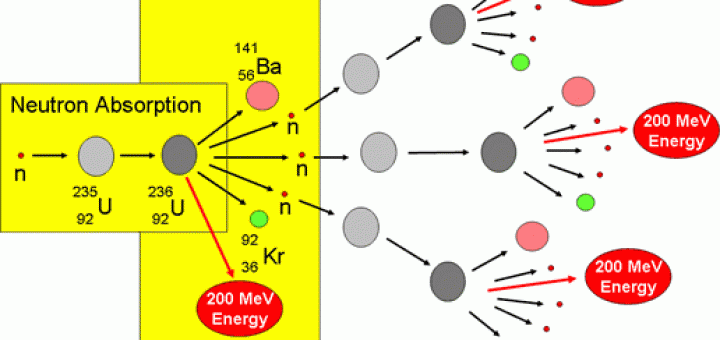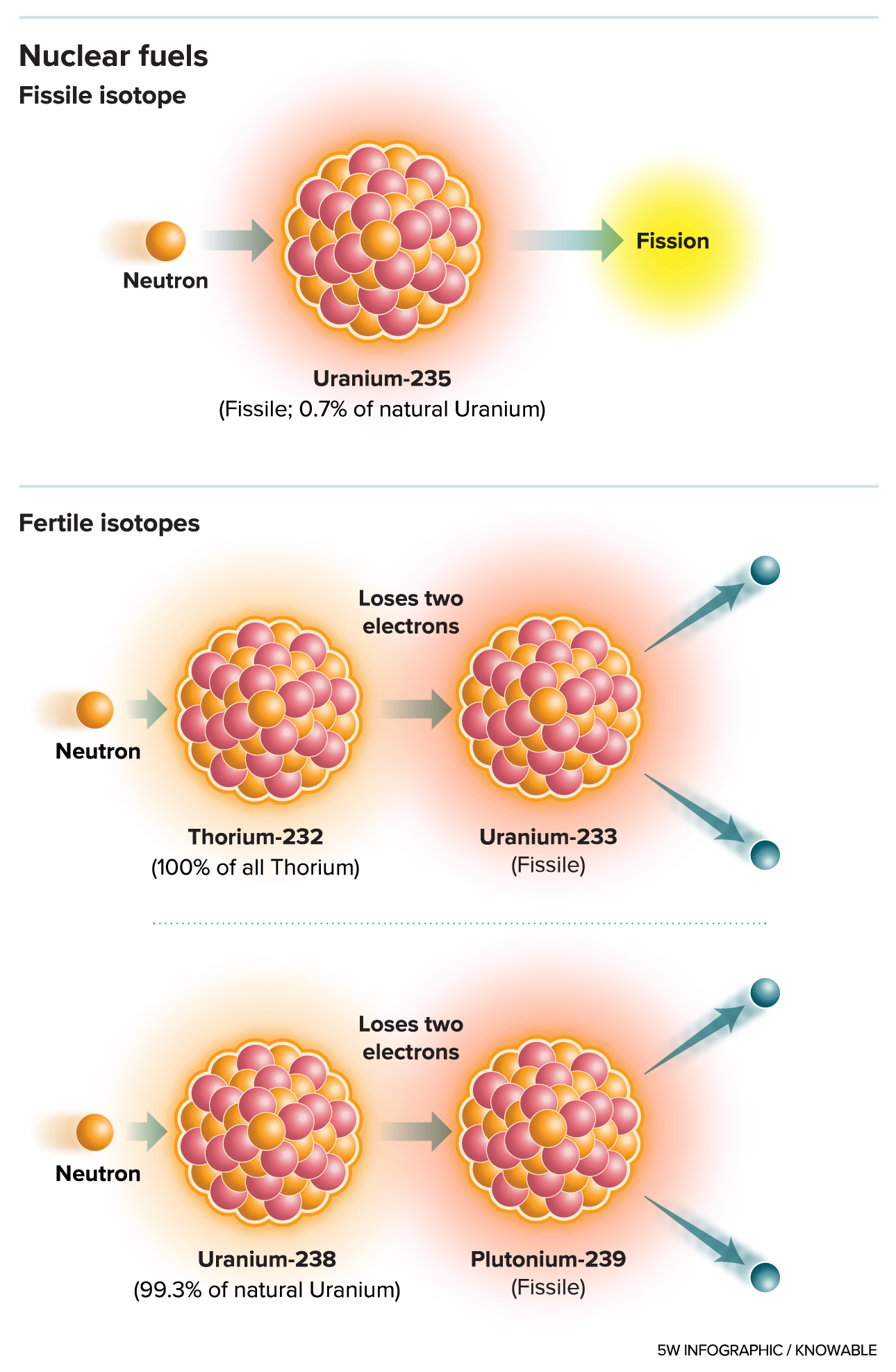

85Kr would be one of the first substances to leak from solid wastes such as fuel rods or fueled reactors and could serve as an advance indicator for imminent leakage of further radioactive materials.


Concerns about the possibility of radioactive materials leaking from these dump sites and being transported to other parts of the Arctic Ocean, including the northern slope of Alaska, has prompted investigations by the Arctic Nuclear Wastes Assessment Program ( OTA, 1995). The Former Soviet Union dumped a large quantity of liquid and solid nuclear waste, including fueled reactors, in the Barents and Kara Seas of the Arctic Ocean. One such problem is detecting leakage from nuclear wastes dumped in the ocean. Monitoring 85Kr in the air and groundwater surrounding operating nuclear reactors can provide an advanced warning of any reactor leakage. By counting atoms instead of the traditional way of counting decays, ATTA-enabled instruments are immune to radioactive backgrounds and could potentially be mounted on vehicles for real-time, on-site analyses. ATTA-3 will be able to detect 85Kr in an air sample as small as 100 ml, which contains about 20,000 85Kr atoms at the ambient level. Comparing to the task of dating old groundwater by measuring a decaying 81Kr/Kr ratio, monitoring a rising 85Kr/Kr in air is easier by approximately two orders of magnitude. Since reprocessing nuclear fuel is a necessary step toward recovering plutonium, monitoring 85Kr in air can serve as a means to detect clandestine plutonium production and help verify compliance with the Nuclear Non-Proliferation Treaty ( von Hippel et al., 1985). Zheng-Tian Lu, Peter Mueller, in Advances In Atomic, Molecular, and Optical Physics, 2010 5.3 Nuclear MonitorĨ5 Kr is a product of nuclear fission, and is released into the atmosphere due to nuclear-fuel reprocessing activities. The process of thermalization, or slowing down, of fast fission neutrons is referred to as “moderation.” The material in a thermal reactor (i.e., a reactor in which fission is caused by neutrons with thermal energies) that is responsible for slowing down the fast fission neutrons is referred to as the “moderator.” It is desirable, therefore, to slow the high-energy (∼2 MeV) fission neutron (referred to as a fast neutron) to lower (thermal) energies of ∼0.025 eV at room temperature, which corresponds to a velocity of 2.2×10 5 cm s −1. During the fission process, the longer a neutron dwells in the vicinity of a nucleus of a fuel atom the greater the possibility it will be captured and therefore cause the fuel atom to fission. The γ-energy given up in the fission reaction is absorbed in the bulk of the reactor outside of the fuel, i.e., moderator, pressure vessel, and shielding. The fission neutrons give up their energy within the moderator via the process of elastic collision. The kinetic energy of the fission fragments is converted to thermal energy by successive collisions within the body of the uranium fuel mass in which the fission occurs.

Nuclear fission reactors produce thermal energy from the fission of heavy isotopes, notably U 92 235(Eqn. As discussed below, the role of graphite in the fission reactor is to facilitate the nuclear chain reaction by moderation (slowing down) of the high-energy fission neutron. The fission fragments and the neutron possess kinetic energy that can be degraded to heat and harnessed to raise steam and hence drive turbine generators. Typically, an impinging neutron initiates the fission reaction, and the reaction yields an average of 2.5 neutrons per fission.


 0 kommentar(er)
0 kommentar(er)
